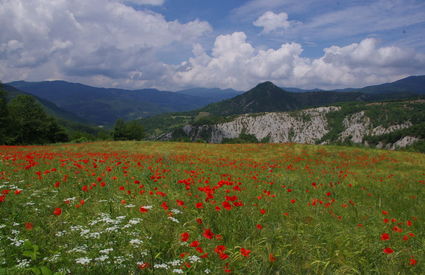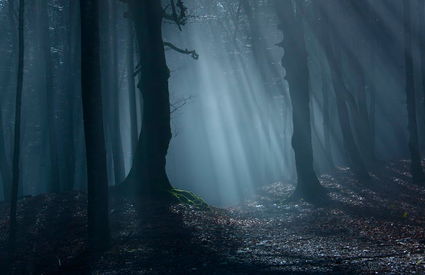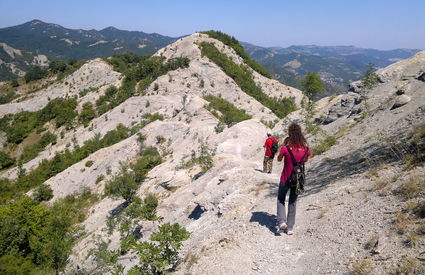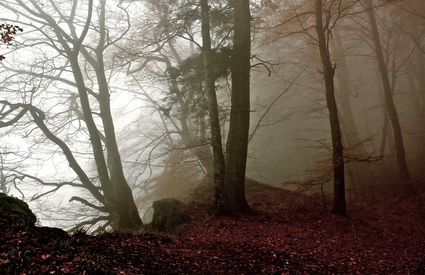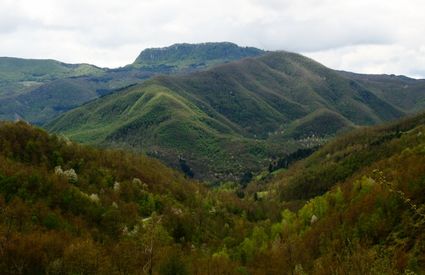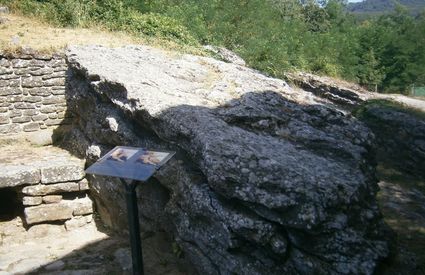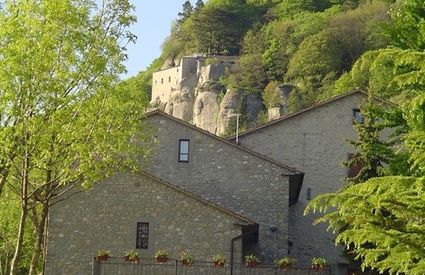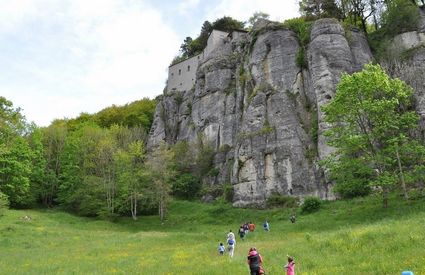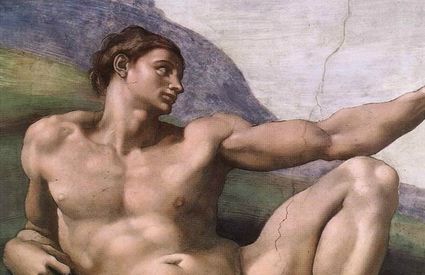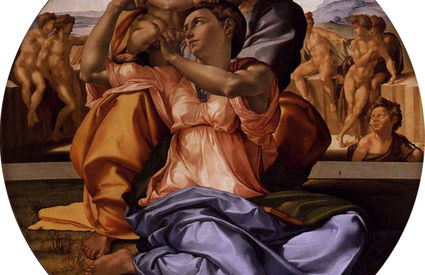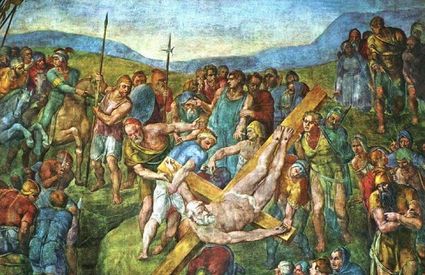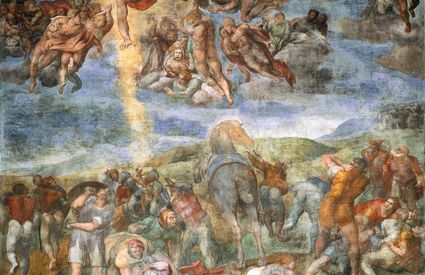Chiusi della Verna
In the collective memory
The streets of silence lead us toward discoveries that echo in the deepest parts of our souls
In the collective memory
The streets of silence lead us toward discoveries that echo in the deepest parts of our souls
Listening to the silence
Measure each step. Proceed slowly and carefully pause to gaze ahead. Observe; breathe; listen to the silence. Wide pastures contrasted by deep gorges. Bad lands. Rough stones. The soft blooms of flowers.
And the variety of goals that you might have in doing these things: cultivating one’s spirituality, regrouping and regenerating or simply enjoying the scenery of a brazen beauty.
And just letting oneself go—in space, in time, without planning too much. Welcoming the unexpected and the unpredictable. These are the places to start walking the way. The Way of Saint Francis, that is. The settings that inspired The Canticle of the Creatures.
And so, forward we go with backpacks on, because as they say around here, “Those who haven’t spent some time in the Appenines have definitely missed a slice of the good life.”
On Adam's rock
And it’s because right here around these parts, that same silence is able to open up fragments of panoramas that are already imprinted in our collective memory. How is that possible, you ask? Well, just let us tell you about it from the beginning.
In 1384 the Republic of Florence, after having acquired Arezzo, started sending off noble residents, known as the podestà, to represent it in its new territories. At that time, the territories of Chiusi and Caprese were aggregated under a single jurisdiction with the obligation, for one select podestà, to alternate six months in Rocca di Chiusi and six months in the small Pretorio di Caprese.
Okay, we’re still not any closer to that image that’s so impressed in our collective unconscious, you might think. Careful: we're not as far off as you assume...
In saecula saeculorum
A century later, in 1474, the nobleman Ludovico Leonardo Buonarroti was appointed Podestà for these lands.
Vasari wrote: “...And then, in the year 1474, under the fateful and happy star of the Casentino, to an honest and noble woman and to Ludovico Leonardo Buonarroti-Simoni, a son was born [...] To that same Ludovico, who was Potestà in that year [...] close to Sasso della Verna [...] a son was born on the sixth of March, a Sunday, around eight o’clock at night, to whom he gave the name Michelangelo...”
And there you have it: this countryside, these striking views, these torn mountains remained burned into the memory of Michelangelo as a young child. And, since you might think differently, they are still the same ones that the grown-up artist would still go on to reproduce as the background and setting in his extraordinary paintings: you can see some touches of the green landscapes of Chiusi della Verna in the mountain slope where Adam sits in his Creation, or in the rolling hills of the Tondo Doni, or in the countryside bushes where the Crucifixion of Saint Peter takes place, just as you can in the fading hills seen in the Conversion of Saint Paul.
What else could we say to you, considering that you know these places already?


